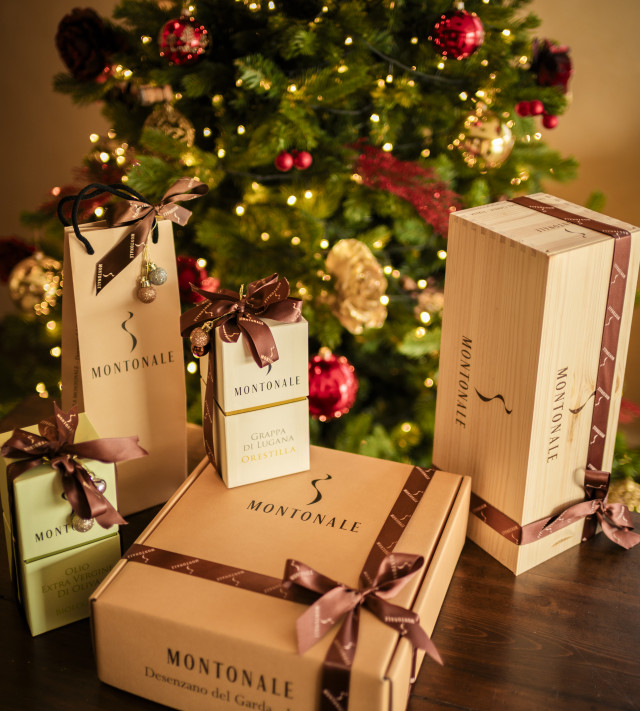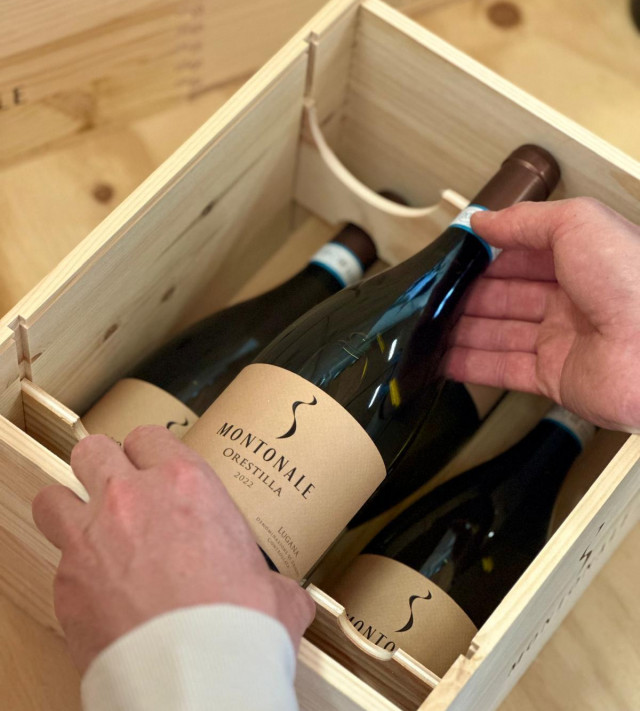While the harvest of the red grapes is coming to an end, in our cellar the Turbiana musts are already fermenting, in tanks and tonneaus.
It is a delicate phase, to which we (deliberately) add another critical issue: the use of indigenous yeasts to replace industrial ones.
Before telling you the "why", let's quickly see the "how": at the time of harvest, we press a small quantity of Turbiana grapes, leaving the juice, skins and stalks to macerate in small vats.
Thanks to the action of the naturally present yeasts, these "fermentation triggers", the so-called pied de cuve, will soon begin to boil and the most virile, powerful strains (and equipped with the widest and most interesting aromatic complement) will reproduce rapidly, to the detriment of the weaker ones.
After a few hours, the pied de cuve is ready to be added to each vat and tonneau. One is prepared for each cru, so that we can inoculate the musts of each vineyard with their own yeasts.
The motivation? The fermentation yeasts on the market, despite their constant evolution, are unable to bring out the potential of our Turbiana: they level the taste, lacking emphasis on the aromatic complement of this extraordinary grape variety.
The indigenous yeast, born and grown on the grape, allows it to be maximized, strengthening the sense of belonging between territory and wine.



